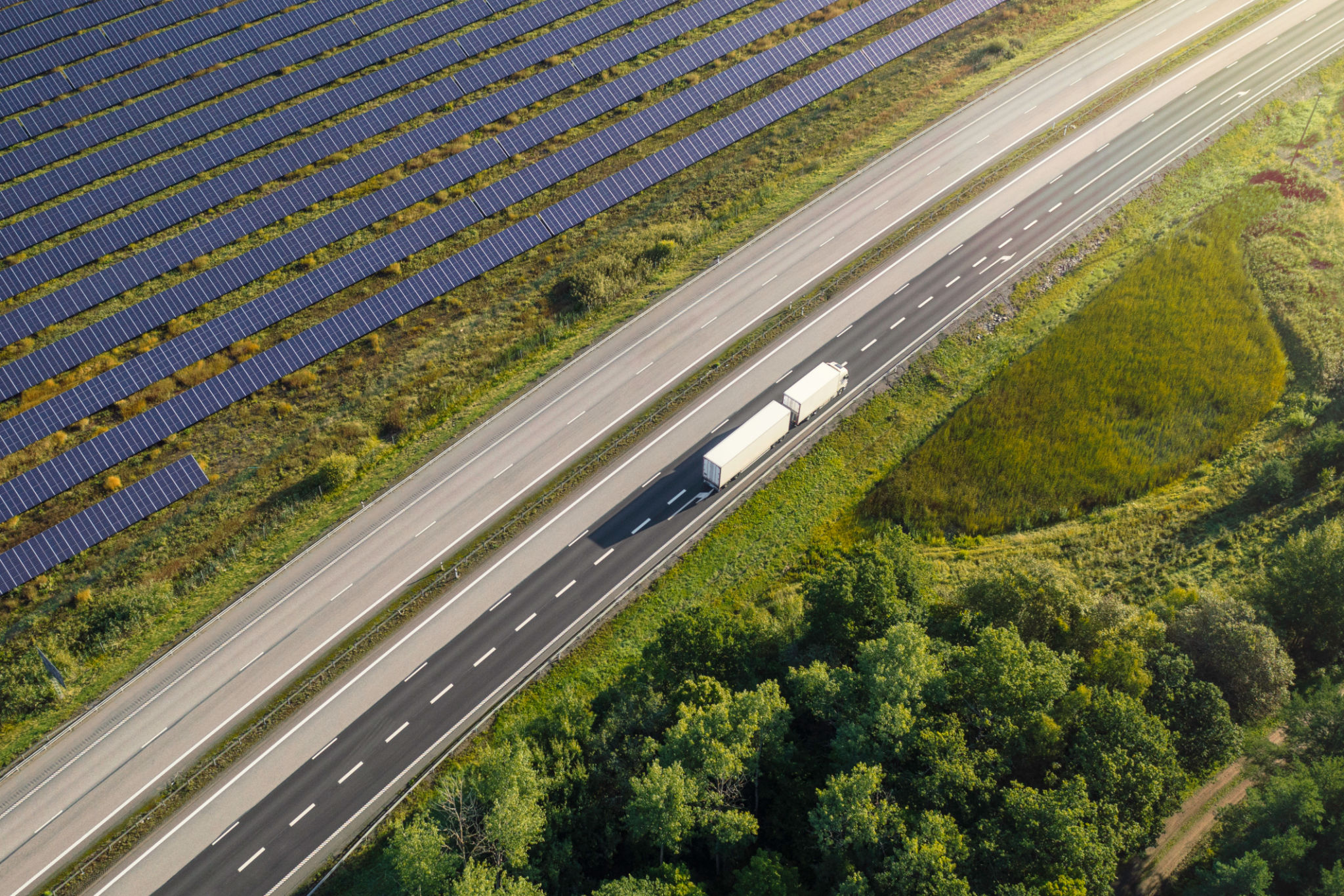Common Misconceptions About Freight Transportation in Indiana
Understanding Freight Transportation in Indiana
Freight transportation is an essential component of Indiana's economy. However, there are several misconceptions surrounding this industry that can lead to misunderstandings about its role and impact. This post aims to clear up some of these common misconceptions and provide a clearer picture of freight transportation in Indiana.

Misconception 1: All Freight is Transported by Trucks
While trucks play a significant role in transporting goods, they are not the only mode of freight transportation in Indiana. The state benefits from a robust multimodal transportation system that includes rail, air, and water. Railways are particularly important for moving bulk commodities like coal and agricultural products, while air freight is crucial for high-value or time-sensitive goods.
The Port of Indiana also plays a pivotal role, allowing for the transportation of large volumes of goods via the Great Lakes and inland waterways. This diversity in transportation modes allows Indiana to efficiently handle a wide range of freight needs.
Misconception 2: Freight Transportation Has a Negative Environmental Impact
While it's true that freight transportation can contribute to environmental concerns, many companies in Indiana are implementing sustainable practices to mitigate this impact. Cleaner technologies, such as electric trucks and improved fuel efficiency standards, are becoming more prevalent.

Moreover, using rail and water transport can significantly reduce carbon emissions compared to road transport. As the industry continues to innovate, the environmental footprint of freight transportation is expected to decrease further.
Misconception 3: Freight Transportation is Only for Large Businesses
Another common misconception is that freight transportation services are exclusive to large businesses. In reality, many logistics companies offer services tailored to small and medium-sized enterprises (SMEs). These services include flexible shipping options, such as less-than-truckload (LTL) shipping, which allows smaller shipments to be combined with others to optimize space and reduce costs.

This accessibility allows smaller businesses to expand their reach and compete in wider markets, contributing significantly to the state's economic growth.
Misconception 4: Freight Costs Are Unpredictable
While fluctuations in fuel prices and other factors can affect freight costs, many companies offer transparent pricing structures and contracts. These options provide businesses with better cost predictability and budget management.
Additionally, advancements in technology have improved route planning and load optimization, helping reduce unnecessary expenses and making freight costs more stable over time.
Conclusion
Understanding the realities of freight transportation in Indiana dispels many common myths and highlights the industry's importance to the state's economy. By embracing various modes of transport, implementing sustainable practices, supporting small businesses, and offering transparent pricing, the freight industry continues to evolve and thrive.
As Indiana's transportation infrastructure continues to develop, it will play an increasingly vital role in supporting both local businesses and the wider regional economy.
